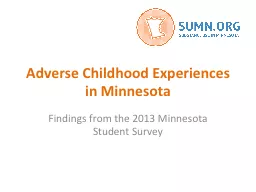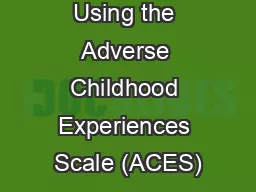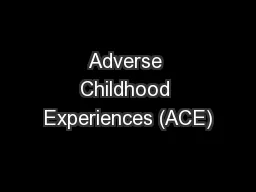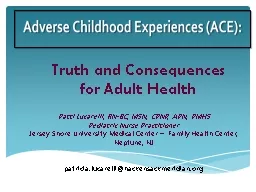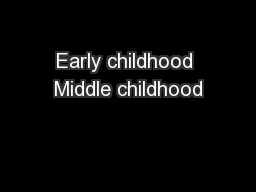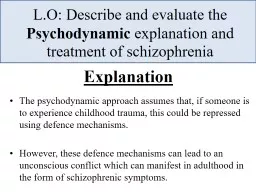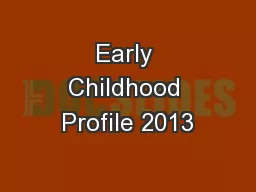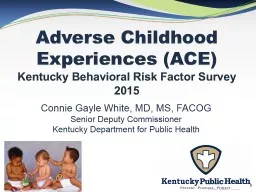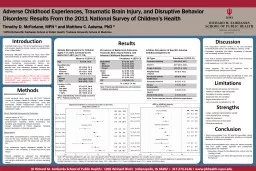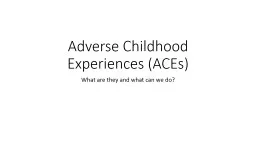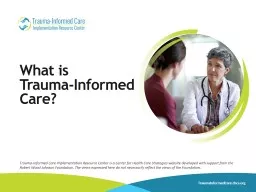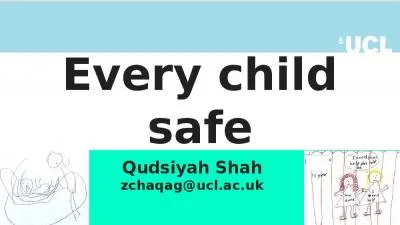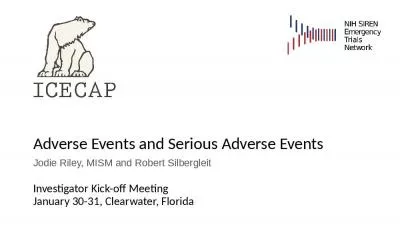PPT-Adverse Childhood Experiences in Minnesota
Author : tawny-fly | Published Date : 2017-09-22
Findings from the 2013 Minnesota Student Survey MN State Epidemiological Outcomes Workgroup Monitor trends in substance use and related factors including mental
Presentation Embed Code
Download Presentation
Download Presentation The PPT/PDF document "Adverse Childhood Experiences in Minneso..." is the property of its rightful owner. Permission is granted to download and print the materials on this website for personal, non-commercial use only, and to display it on your personal computer provided you do not modify the materials and that you retain all copyright notices contained in the materials. By downloading content from our website, you accept the terms of this agreement.
Adverse Childhood Experiences in Minnesota: Transcript
Download Rules Of Document
"Adverse Childhood Experiences in Minnesota"The content belongs to its owner. You may download and print it for personal use, without modification, and keep all copyright notices. By downloading, you agree to these terms.
Related Documents

